You Were Probably Taught These 16 Ridiculous Myths As A Kid, But Now It's Time You Learn The Truth
I was perusing Reddit and noticed this new viral thread started by u/Jimbo_Jigs that asked, "What is proven to be a hoax but people still believe it to be true?" Obviously, I was eager to learn a little bit more so I read on and quickly realized just how many myths were hammered into my brain as a kid. While some seem like obvious tall tales, others are straight-up lies that I was even taught in school. Whaaaat? So here are some of the most common myths I heard growing up and the reasons they are NOT true:
1.Myth: "Different parts of your tongue detect different types of taste."
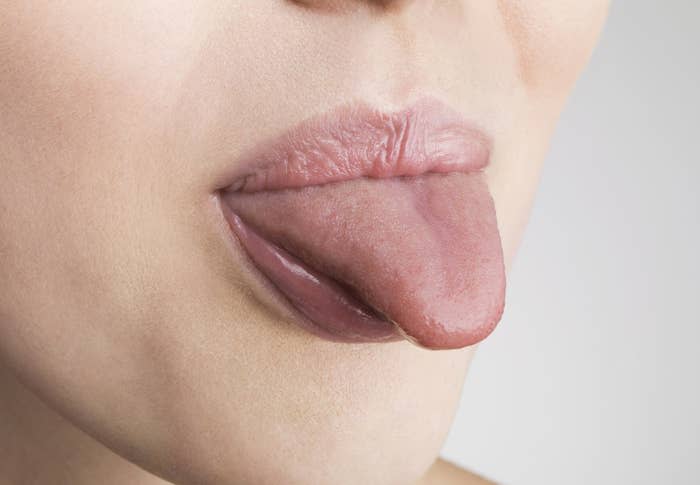
Debunked: Remember that tongue map you learned in school that showed you the "zones" on your tongue that detected certain types of taste? Yeah, it's bogus, and it was debunked long ago. Your receptors for tasting sweet, salty, sour, and bitter are all over the tongue, not grouped into little sections.
Per the Smithsonian Magazine, in 1901, German scientist David P. Hänig conducted a study to measure taste perception around the edges of the tongue. He did so by introducing sweet, salty, sour, and bitter stimuli at different intervals around the edges of the tongue. Well, it turns out the tip of the tongue and the edges are more sensitive to taste, as they contain the taste buds. There was some variation around the tongue for how much each stimulus was perceived but the differences were pretty minimal. When Hänig published his results, his graph made it look like different parts of the tongue are responsible for different taste sensations.
Then in the 1940s, Harvard psychology professor Edwin G. Boring reimagined Hänig's graph into the misleading tongue map we know today!

2.Myth: "Cracking your knuckles gives you arthritis."
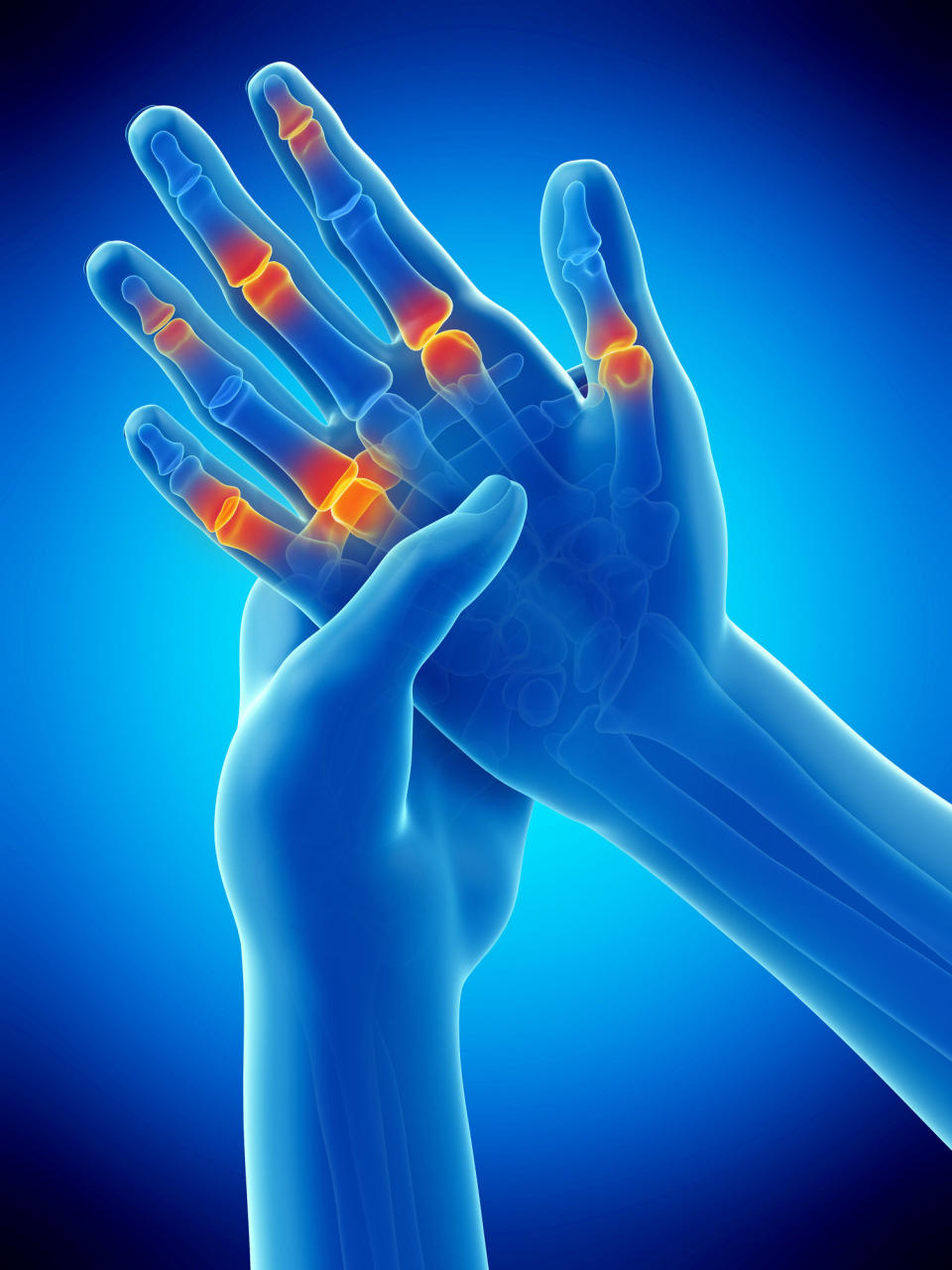
Debunked: No, cracking your knuckles does not increase your risk for arthritis. But, per the Johns Hopkins Arthritis Center, a study has found that habitual knuckle cracking may reduce grip strength over time.

3.Myth: "Touching a baby bird will make its parents reject it."

Debunked: This myth has been brought up time and time again, but what does a wildlife biologist have to say? Elizabeth Manning, an educator with the Division of Wildlife Conservation, had a thorough response for the Alaska Fish & Wildlife News. According to Manning, this myth was likely circulated to encourage people not to disturb wildlife. For starters, most birds don't have a strong sense of smell. The birds may still abandon their nests, eggs, or young if they see it was disturbed (whether by humans or predators) so people should still leave wildlife alone.
Manning also elaborated that the myth extends to other animals, such as mammals. Baby animals have been handled by biologists and still successfully reunited with their mothers. So, though human scent won't necessarily make animals abandon their babies, there are still risks involved, including the spread of disease. So avoid touching wildlife if you can but if you accidentally touch an egg or nest, your scent alone won't make the parents disappear.

4.Myth: "We only use 10% of our brains."

Debunked: Though you may meet some people and think, Wow, that person can't be using more than 10% of their brain, this is, of course, a myth. The myth has existed for a long time and likely dates back to some misinterpreted quotes from scientists but it has also been perpetuated by the 2014 movie Lucy, starring Scarlett Johansson, where the title character is given the ability to "use more than 10% of her brain" and that basically gives her superpowers.
If 90% of the human brain was "useless" and therefore removed, our brains would be about the size of a sheep's brain! We use 100% of our brains.
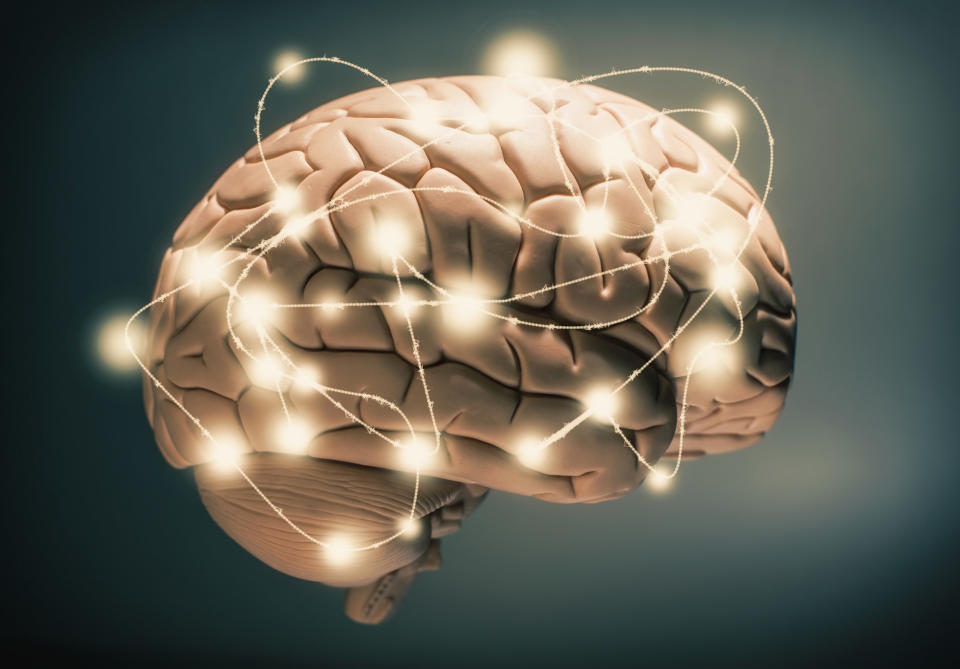
5.Myth: "MSG is bad for you."

Debunked: Though the Food and Drug Administration has classified MSG (monosodium glutamate) as safe, the ingredient continues to spark debates. So the FDA requires products containing MSG to say so on their label.
MSG is a popular food enhancer that adds umami flavor. It's found in many Asian dishes, as well as in some fast foods, but it's in more foods than people realize. It's naturally occurring in tomatoes and cheese, and it's frequently added to products such as canned vegetables, sauces, condiments, chips, deli meats, and soups.

6.Myth: "Blood in your veins is blue and red in your arteries."
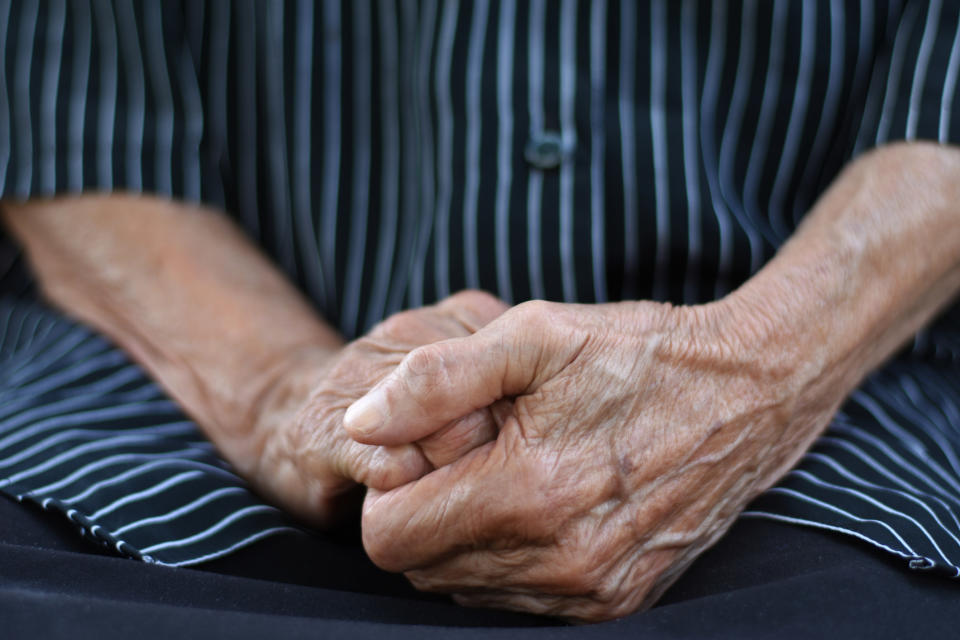
Debunked: Blood is either red or dark red, but never blue. I'm sure you've probably noticed, though, that your veins can look blue through your skin. NPR summarized this phenomenon up by saying it has to do with the way tissue scatters, absorbs, and reflects light. So please do not be led astray by a misinformed teacher or a bad textbook graphic. Your blood isn't blue!
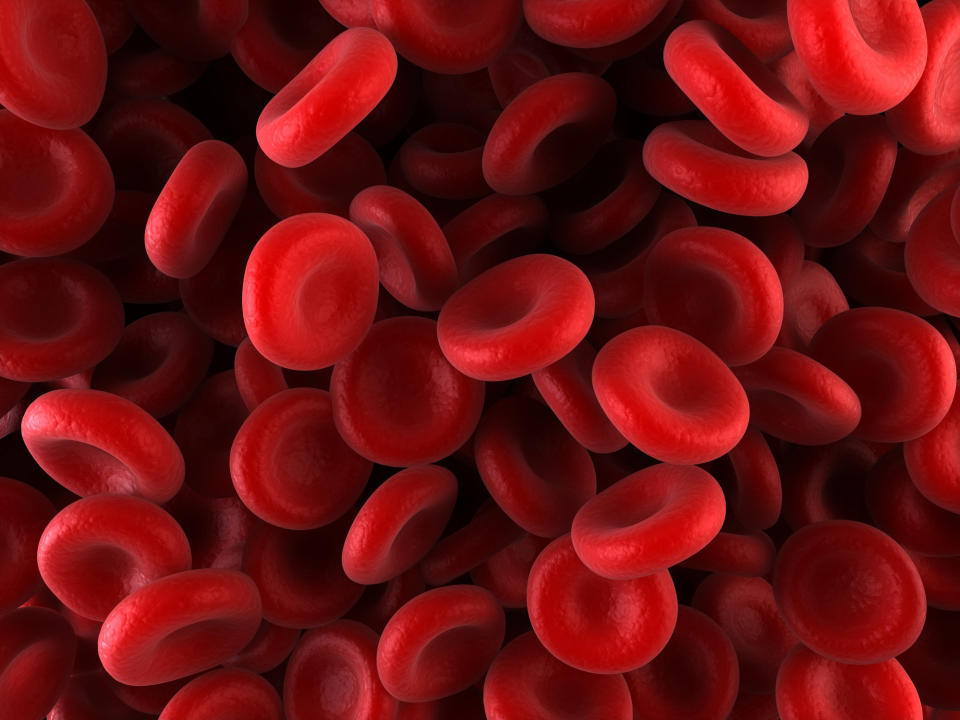
7.Myth: "You should pee on a jellyfish sting."

Debunked: What a gross and unfortunate myth to be so commonly referenced! Especially because peeing on a sting MIGHT MAKE IT WORSE! According to the Cleveland Clinic, after you've made sure to remove the tentacles / any remaining barbs, you can treat the wound with apple vinegar, rubbing alcohol, or hot water. To help with the pain, you can use acetic acid (found in vinegar), calamine lotion, or hydrocortisone cream. So if you have a friend who thinks they're gonna save the day by peeing on you, RUN!

8.Myth: "Dogs' mouths are cleaner than humans'."

Debunked: According to Colin Harvey, a professor at the University of Pennsylvania's School of Veterinary Medicine, comparing a human's mouth to a dog's mouth is "like comparing apples and oranges." There is some overlap between the bacteria that's present in dog mouths and that in human mouths, but mainly these separate species have different bacteria going on. So it's hard to make a logical comparison.

9.Myth: "It will take seven years to digest gum."

Debunked: So it is true that your body can't digest the resin from your swallowed chewing gum. The good news is that gum is still going to move through your digestive tract as normal and will be out of your system in a few days.
This doesn't mean you should make a habit of swallowing your gum, though. Too much swallowed gum can still lead to constipation, or, in rare cases, a blockage in your digestive tract. While gum won't stay in your system for seven years, you should still probably opt for spitting it out!

10.Myth: "Shaving makes hair grow in thicker."
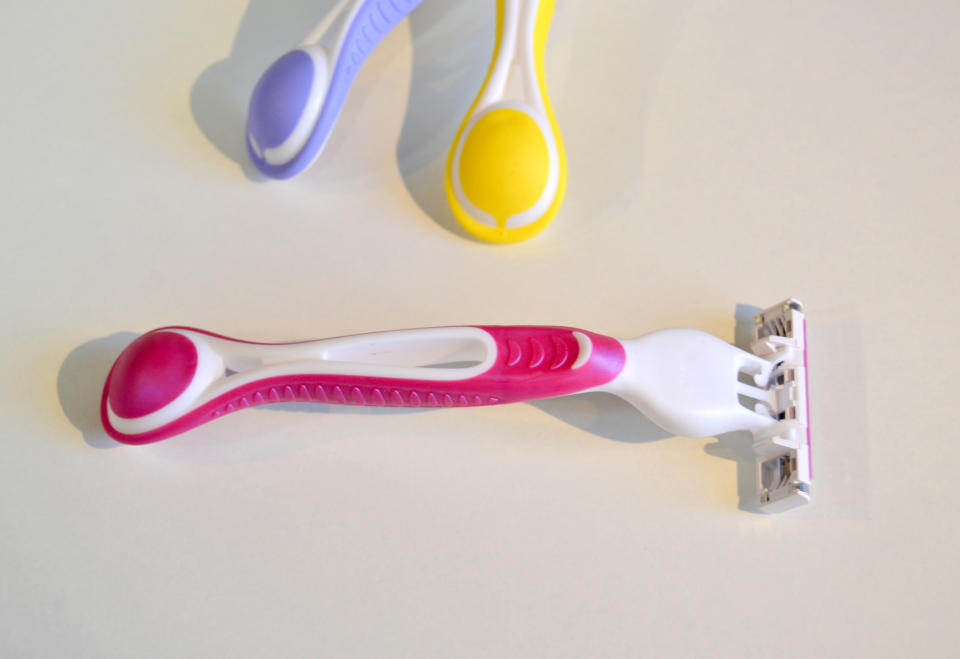
Debunked: According to the Mayo Clinic, shaving does not change the thickness, color, or rate of growth of your hair. Shaving does give hairs a blunt tip, which may make them seem thicker or darker.

11.Myth: "Going outside with wet hair causes a cold."

Debunked: Sorry to everyone's moms and grandmas who used to insist you'd catch a cold if you went outside with wet hair. Family medicine specialist Matthew Goldman, MD, says no, wet hair isn't going to give you a cold. But a virus will. Thus, though the old wives' tale isn't specifically true, there is a little logic tied to this myth. Dr. Goldman says that colder air is better for viruses to travel through the air and there's some research to suggest that a lack of vitamin D during winter months can lead to a weakened immune system. Plus, with more people inside together during colder weather, viruses transmitted through the air have an easier time getting passed from person to person.

12.Myth: "You swallow eight spiders a year in your sleep."

Debunked: There are many variations of this myth and the truth is that none of them are based in fact. Think of all the very specific and complicated circumstances that would have to be in place for this to occur once, let alone multiple times a year or even a lifetime. Don't let this fear keep you up at night — you will be just fine!

13.Myth: "You can be 'right-brained' or 'left-brained.'"

Debunked: Though the myth is rooted in some real science (the respective sides do have their specialities), the idea that a person can have a dominant sphere of the brain is false.
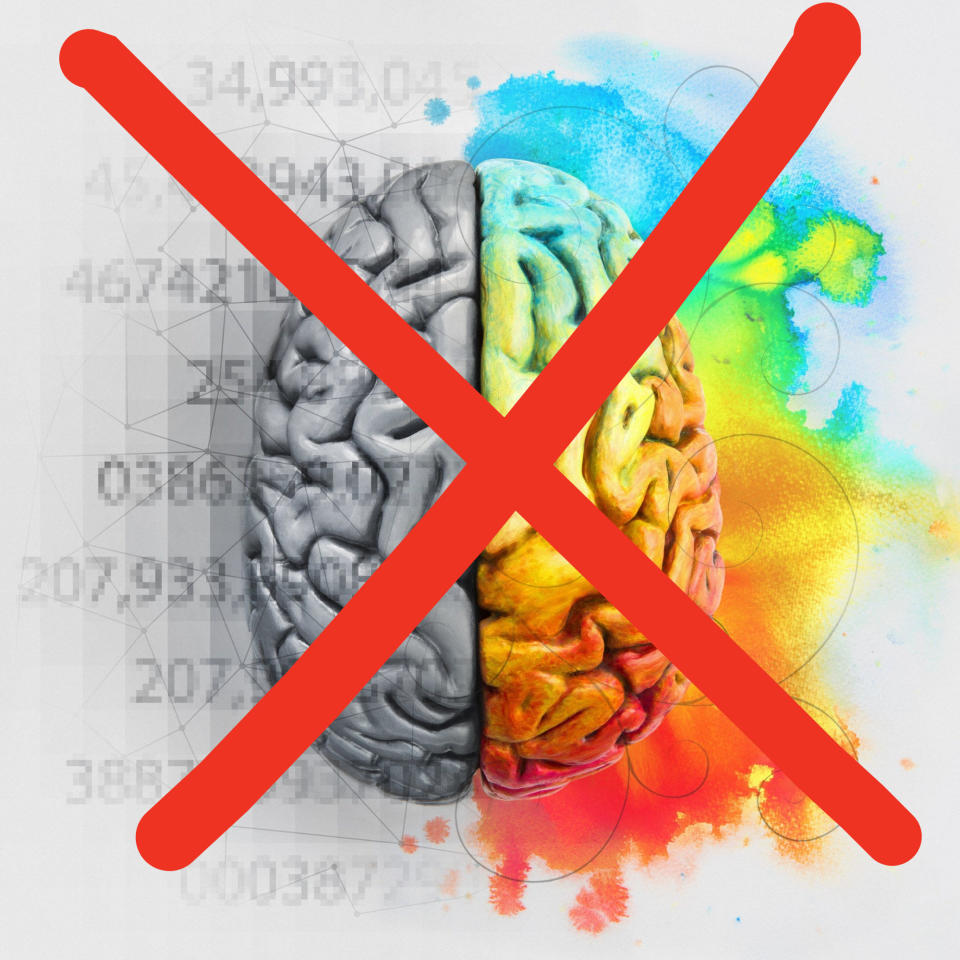
14.Myth: "You lose 90% of your body heat through your head!"

Debunked: While it's true you'll lose some heat through your head, the Cleveland Clinic says that, according to a 2008 study, adults only lose about 10% of heat from their head. But when it's cold, just wear a hat!
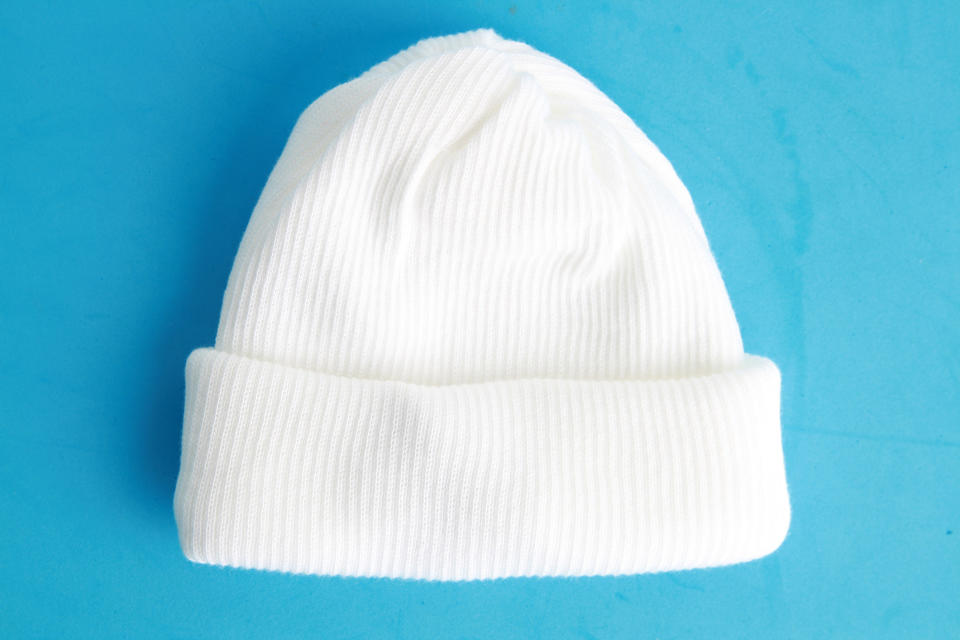
15.Myth: "It’s illegal to keep the light on in the car while driving."

Debunked: It's not illegal but it can be unsafe! Plus, if your interior lights are turned on because you're doing something you shouldn't be (distracted driving), you can be pulled over for that.

16.Finally... Myth: "Lightning never strikes the same place twice."

Debunked: Though this phrase is meant to be encouraging, it's unfortunately false. Lightning often does strike the same place more than once. Think of tall, isolated buildings and think of all the lightning rods! On average, the Empire State Building is hit by lightning 25 times a year.

Are there any myths you grew up believing that are totally false? Let me know in the comments!
Note: Submissions have been edited for length and/or clarity.

